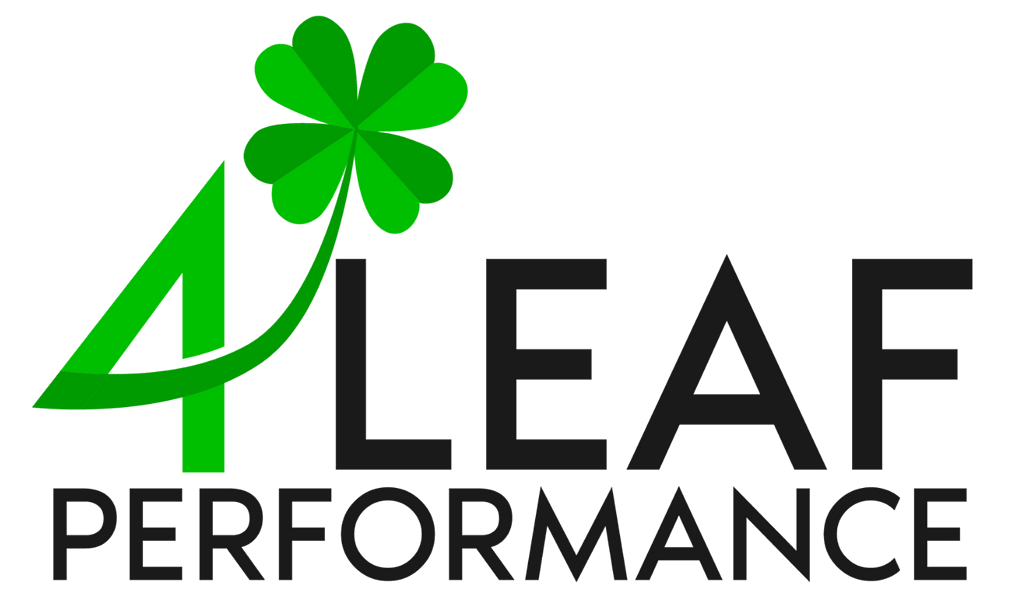According to a 2008 study, employees in US companies spend about 2.8 hours a week in conflict. Conflict management, especially conflict resolution in the workplace, is more than just putting out fires—it’s about addressing issues head-on with a constructive approach. At the heart of this process lies a skill that might seem simple at first glance but is profoundly impactful: active listening.
Active listening skills are not just about hearing what’s being said; they’re about fully understanding the message, the emotions, and the underlying concerns being communicated. This skill can transform conflict management in the workplace, turning potential setbacks into opportunities for growth and collaboration. So, let’s explore how enhancing your active listening can lead to a more harmonious workplace.
Understanding Active Listening
Active listening involves fully engaging with the speaker, understanding their message, and acknowledging their feelings and concerns. This level of engagement sets it apart from passive hearing, where we might hear the words but not fully grasp the meaning or emotion behind them.
In conflict management in the workplace, when a leader truly listens, it helps uncover the root causes of disagreements. It’s not uncommon for the real issue to be buried under layers of miscommunication or misunderstanding.
It also demonstrates respect and validation. Imagine you’re in a heated discussion, and the person you’re talking to suddenly pauses, makes eye contact and genuinely tries to understand your point of view. This shift in dynamics can change the entire course of the conversation. It’s a clear signal that your thoughts and feelings matter, which can significantly reduce tensions and pave the way for effective conflict resolution.

Components of Active Listening
Let’s break down the key components that make up practical active listening skills, each of which contributes to more effective conflict management in the workplace. By incorporating these components into your listening practices, you can enhance your active listening skills, making you a more effective leader and conflict resolver:
Full Attention
The first step to active listening is giving the speaker your undivided attention. This means setting aside any distractions and focusing entirely on the person speaking. In a workplace setting, this could involve closing your laptop during a discussion or putting away your phone during a meeting. It’s about being present and showing the speaker that their words are your priority.
Nonverbal Communication
Your body language speaks volumes about your level of engagement. Maintaining eye contact, nodding, and leaning slightly forward are nonverbal cues that signal to the speaker that you are fully invested in the conversation. These gestures convey respect and encourage openness, making them invaluable tools in conflict resolution in the workplace.
Reflecting and Clarifying
Active listening involves reflecting on what has been said and seeking clarification when necessary. This could be as simple as saying, “What I’m hearing is…” or “Do you mean…?” This ensures that you’ve correctly understood the speaker’s message and allows them to see their thoughts reflected back to them, which can be enlightening.
Empathizing
Empathy is at the heart of active listening. It’s about trying to understand the speaker’s perspective, even if you don’t necessarily agree with it. Expressing empathy can help de-escalate conflicts by making the speaker feel valued and understood. Phrases like “I can see how that would be frustrating” can go a long way in building rapport and trust.
Avoiding Interruptions
One of the most challenging aspects of active listening can be resisting the urge to interrupt, especially if you disagree with what’s being said. However, allowing the speaker to express their thoughts fully without interruption is crucial for effective conflict management. It shows respect for their perspective and gives you a deeper understanding of their position.

Active Listening in Conflict Resolution
How exactly does active listening play a role in conflict management?
Firstly, active listening de-escalates emotional tension. Conflicts often come charged with emotions, and it’s easy for situations to spiral out of control. By employing active listening skills, leaders can cool down heated exchanges simply by showing that they genuinely understand the other person’s point of view. This acknowledgment can significantly lower the emotional barriers and resistance, creating a more rational and calm discussion.
Active listening also helps uncover the real issues at hand. In many workplace conflicts, the apparent problem might just be the tip of the iceberg. Through active listening, leaders can dig deeper, asking probing questions and reflecting on the responses to uncover underlying issues that might fuel the conflict. This thorough understanding is crucial for developing practical solutions that address the root causes, not just the symptoms.
Active listening also promotes mutual understanding and respect. When parties in a conflict feel genuinely heard, it fosters a sense of respect and empathy between them. This mutual respect is a cornerstone of effective conflict resolution in the workplace, paving the way for cooperative problem-solving. Instead of a win-lose scenario, active listening encourages a win-win approach, where solutions are developed collaboratively, considering the needs and concerns of all involved.
Lastly, active listening leads to more sustainable resolutions. Solutions reached through active listening are often more durable because they are based on a deeper understanding of the issues and involve input from all parties. This inclusive approach ensures that the resolutions are more likely to be accepted and adhered to, reducing the likelihood of recurring conflicts.
In the realm of conflict management in the workplace, the power of active listening cannot be overstated. It transforms potential adversities into opportunities for growth, understanding, and collaboration. Embracing and enhancing active listening skills can be a game-changer for leaders aiming to cultivate a harmonious and productive environment.
Challenges in Practicing Active Listening
Leaders aiming to harness the full potential of active listening skills may encounter several obstacles along the way. Recognizing and addressing these challenges is essential for effective conflict management in the workplace.
One common challenge is the presence of personal biases and preconceptions. We all carry our own set of beliefs and experiences that shape how we perceive and interpret information. These biases can cloud our judgment and hinder our ability to listen openly and without judgment. Leaders must be mindful of their biases and actively work to set them aside, ensuring that they are genuinely open to understanding the shared perspectives.
Another significant hurdle is the natural tendency to formulate responses while the other person is still speaking. This impulse can distract from fully comprehending the message being conveyed. Leaders must cultivate the discipline to focus entirely on the speaker, resisting the urge to prematurely plan their rebuttal or advice. This shift allows for a deeper understanding and acknowledges the speaker’s perspective as valuable and worth considering in its entirety.
Time constraints in a fast-paced work environment also pose a challenge. The pressure to make quick decisions and move on to the next task can make it tempting to rush through conversations without giving them the attention they deserve. Leaders must recognize the long-term benefits of investing time in active listening, as it can prevent misunderstandings and conflicts that would otherwise consume more time and resources to resolve.

Lastly, the emotional intensity of some conflicts can make active listening particularly difficult. When emotions run high, maintaining a calm and focused demeanor is challenging. Leaders must develop strategies for managing their feelings and creating a safe, neutral space where all parties can express themselves without escalating tensions.
Overcoming these challenges requires awareness, practice, and a commitment to personal growth. By acknowledging these obstacles and actively working to mitigate them, leaders can improve their effectiveness in conflict management and resolution.
Conflict Management in the Workplace with 4 Leaf Performance
Active listening fosters an environment where challenges are approached with empathy, understanding, and a genuine desire to find mutually beneficial solutions. By embracing and honing active listening skills, leaders can navigate the complexities of conflict management in the workplace with greater ease and effectiveness, leading to more productive teams and healthier organizational cultures.
At 4 Leaf Performance, we understand the broader spectrum of leadership and conflict management. Our executive and business coaching services are designed with business owners and leaders like you in mind, offering tailored strategies to enhance your active listening abilities and a wide range of leadership competencies. Whether you’re looking to refine your conflict resolution strategies, boost team cohesion, or elevate your overall leadership approach, our team of experts is here to guide you every step of the way.
Are you ready to transform how you lead and manage conflicts within your organization? Take the first step towards empowering yourself and your team with the essential skills for success in today’s dynamic business environment.
Contact us at 4 Leaf Performance to discover how our services can help you achieve your leadership goals. Let’s work together to unlock your full potential and create a thriving, collaborative workplace.



